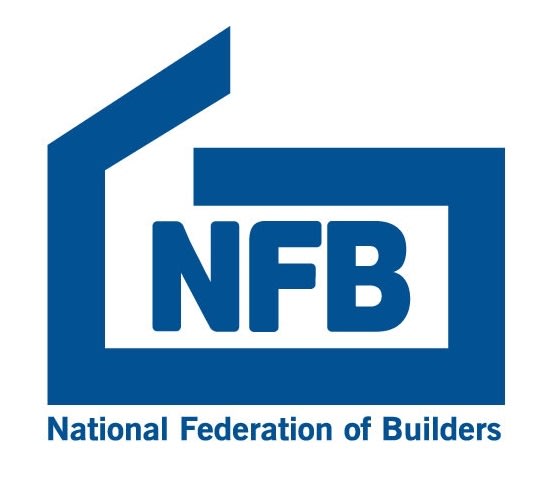From Lean and Agile to Green Supply Chains

With COP28 underway, this month Martyn Jones considers how we might utilise our knowledge and experience of Supply Chain Management (SCM) – built up over the past 20 years or so – to help us in our transition to ‘green’ construction.
Clearly, we have a huge obligation to ‘green’ our industry given that buildings are responsible for so much of global energy-related carbon emissions. And our consumption of 50% of all extracted materials means that our sector’s demand for natural resources is accelerating climate change.
But looking through the other end of the telescope, we have huge scope to turn things around. And there’s more, we’re not starting from square one as many ‘green’ solutions already exist within some of our existing buildings, cities, and infrastructure.
Although much of the expertise, knowledge, and technologies we need to combat climate change may already be available, we still need the necessary vision, sense of purposefulness, and the means to deploy that expertise in our projects.
Well-led, creative supply chains with a strong common focus on sustainability must surely be part of the answer. A sustainable supply chain is one that fully integrates ethical and environmentally responsible principles and practices into a SCM model with end-to-end supply chain transparency – extending from raw materials sourcing, through manufacturing, logistics to assembly, and on to reuse or recycling processes.
Then there are circular supply chains, where products are disassembled or reduced to their raw materials form, and remade into sellable, reusable products – thus allowing businesses to achieve the environmental benefits of recycling while recouping costs in the process.
In integrating SCM and sustainability principles, what forms of SCM are available? Well, there’s Lean SCM, strongly advocated for adoption in construction by Lathan and Egan in the 1990s, largely based on its success in other industries, particularly automotive.
In the Lean approach, anything in the process that does not add value for customers is eliminated as the aim is lower the cost base and reduce waste, whilst achieving quality. It has been applied most successfully in manufacturing, where the focus is on efficient, reliable, predictable, streamlined operations aimed at producing high volume product at low cost.
But in project-based construction we often need a different approach based on flexibility and adaptability and we have come to realise that the Lean approach is unsuitable for much of construction given the variability and churn of our clients and projects, our lack of continuity of work (or flow), our deliberately fragmented processes, and our transitory – and all too often – adversarial relationships.
Agile supply chains are more in tune with construction, being structured to be highly flexible, quickly adapting to changing situations and responding to market volatility. Having the adaptability, agility, nimbleness, and the ability to quickly conjure up scarce resources are crucial factors in responding speedily to fluctuations in the type and volume of construction demand. This surely puts Agile firmly in our toolbox for our fight against climate change.
But our understanding of SCM has moved on and we’ve come to the realisation that it’s not a case of either being Lean or Agile. Both approaches are not mutually exclusive alternatives.
As argued in a previous Thought for the Month, they can be used separately or jointly, depending on the demands of the marketplace and the characteristics of product and processes. The two approaches can in fact complement each other, and in many cases, a hybrid Lean/Agile (Leagile) strategy is needed.
Hybrid or Leagile supply chains could be part of our transition to a ‘green’ industry with the agility to reconfigure our traditional operating system, procurement strategies and supply chain assets to create the new sustainable value chains we need. But alongside this, Lean has a part to play too in driving out waste and using resources efficiently.
All supply chains are different but here are some general principles that we might apply:
Lead by example to demonstrate how supply chain sustainability initiatives can bring measurable benefits – environmentally of course, but financially too.
Build consensus on the model of SCM that best suits the specificities of your supply chain whilst delivering on sustainability.
Gain insights into existing and potential partners in your ecosystem, assessing their capabilities to deliver on sustainability by working creatively together, but, if necessary, pivot to new partners when things change or gaps appear.
Collaborate within your refashioned network or ecosystem, working together around a collective vision and purpose, consistent and shared standards, sharing learning and innovation, and sending a message that sustainability is at the heart of doing business.
Work together as one enterprise, eliminating process silos, predicting disruptions, and creating feedback loops to improve performance, support innovation, and operationalize sustainability, using AI to guide decision making.
Communicate successes by sharing accomplishments and best practices through Constructing Excellence and others, to associate your evolving brand with innovation and thought leadership in sustainability.
















